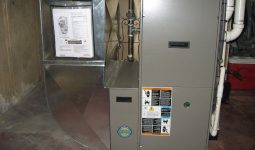Choosing from the different types of air conditioners for your home may be a stressful and perplexing experience.
With so many different air conditioners available, the options might be bewildering.
We’ll review the different types of air conditioners to find which one is ideal for you.
We’ll look at average sizes (in BTU) and a pricing range for various air conditioners.
When determining which model is ideal for your home/flat/room, keep energy consumption in mind.
The most potent 60,000 BTU air conditioner can drive up your energy cost.
While the smallest 5,000 BTU air conditioner can leave you sweating in the thick of summer.
The air conditioning unit is necessary for any home and consumes a significant portion of your must-have home appliance budget.
Making the appropriate decision is critical since it affects your home’s cooling, comfort, and energy usage.
There are various air conditioners, each with its own set of advantages and disadvantages.
Let’s examine the different types of air conditioners on the market so you can make an informed selection about your next air conditioning system.
1. Central Air Conditioner

This is the most frequent air conditioner among all the varieties because it is the most suitable for larger homes due to its ability to cool efficiently.
Cool air is circulated through supply and return ducts by central air conditioners.
Cooled air enters the home through supply ducts and registers on the walls and floors.
The air then cycles back into the supply ducts and registers, which will be carried back to the air conditioner after warming up.
Because sizing is critical to the system’s performance, installing a central air conditioning system requires extensive planning and preparation.
Furthermore, even if your system is energy-efficient if you install a system that is the wrong size, your utility expenditures will be higher than they should be.
2. Window Air Conditioner
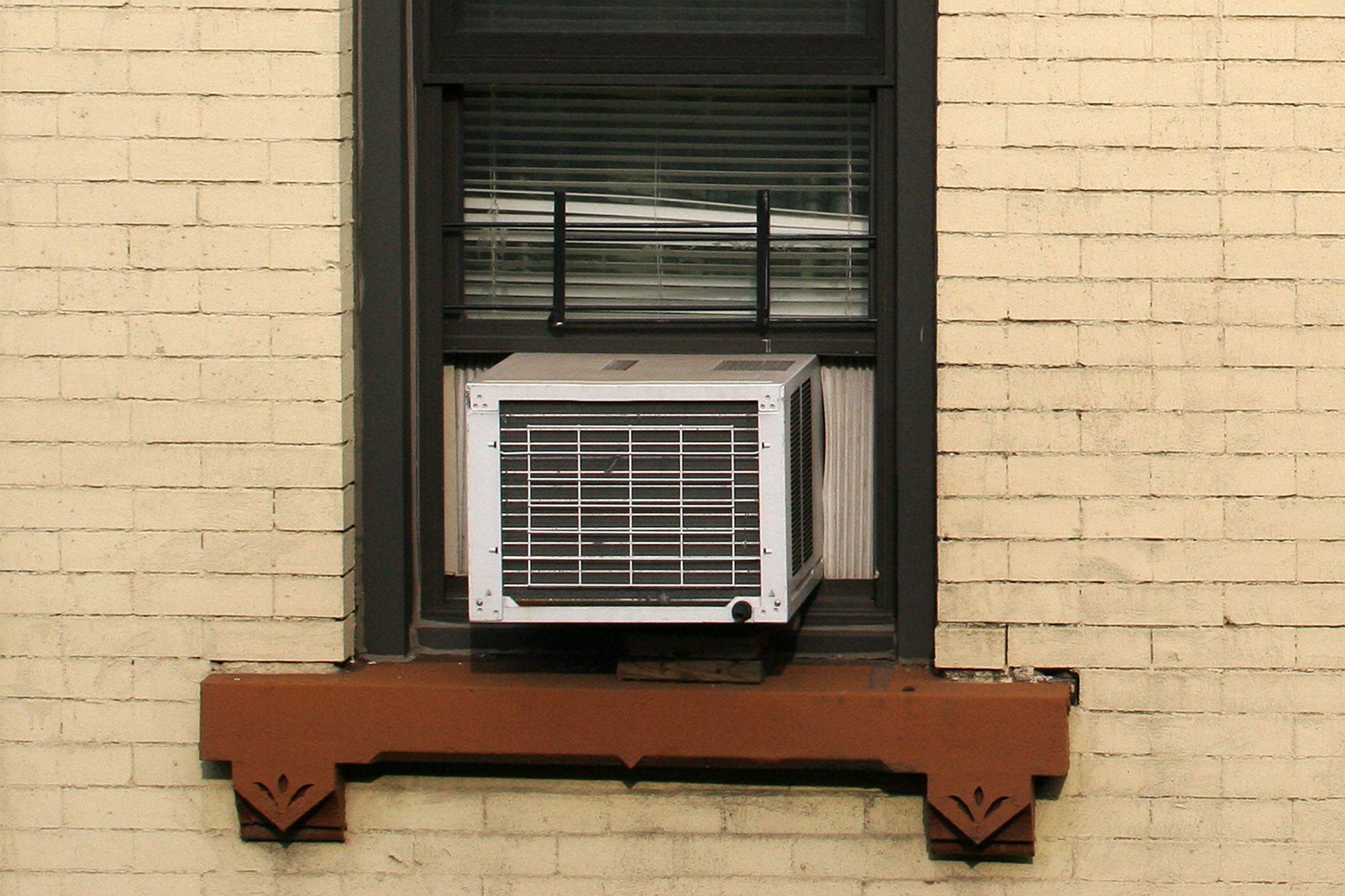
One of the most frequently used different types of air conditioners you’ll find is a window air conditioner.
The exhaust system on this air conditioner, usually positioned in a window unit, pushes hot air out the rear and sides. In contrast, the refrigerant cooling system is oriented indoors.
These are also the most popular alternatives for folks living in tiny homes or apartments because they are inexpensive.
Another benefit of the window unit is that it can be moved between rooms as needed and even removed entirely during winter.
One drawback of window air conditioners is that they eliminate the use of the window in which they are situated, both in terms of fresh air and the quantity of light that enters the room.
Unfortunately, Burglars can readily compromise window units in windows close to the ground, which is a less prevalent danger but one to be aware of.
3. Ductless Mini-Split
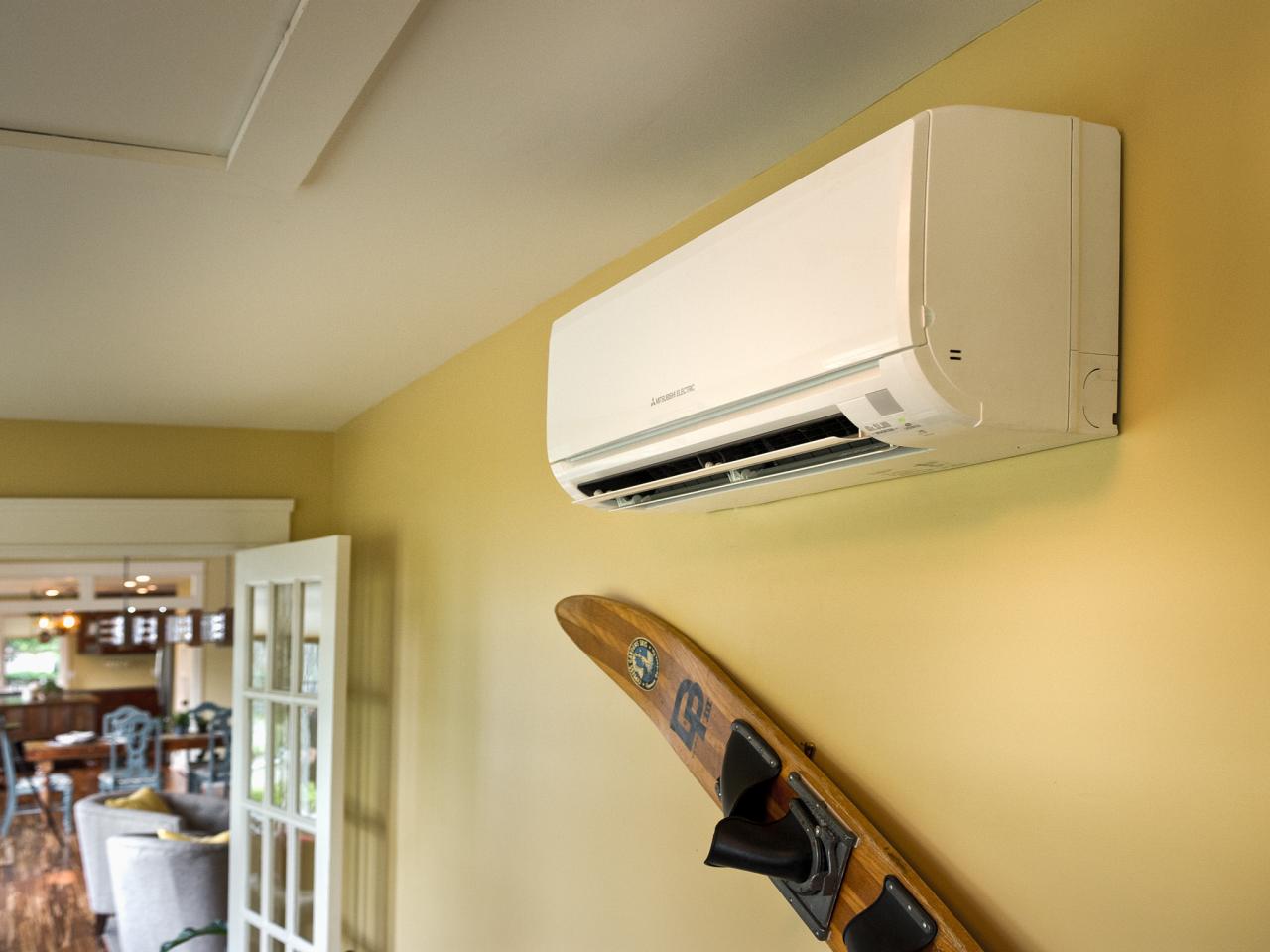
If you want better efficiency, you don’t want to deal with much ductwork.
If you want to chill a piece of your home, ductless mini-split air conditioners are an excellent option. For modern homes, ductless systems are a perfect option.
However, an air conditioner of this sort comprises an outdoor unit with a compressor, a condenser, and one or more indoor units. These indoor units are wall-mounted and have air blowers.
The interior and outdoor units are linked by tubing, and refrigerant circulates in different ways depending on consumption.
In addition, because these indoor units are small and compact, each room type has its own unit, which may be used for heating or cooling.
However, these air conditioners are considered considerably more energy-efficient than other alternatives.
But they can be expensive if you place one in each room to cover the entire house.
4. Portable Air Conditioner
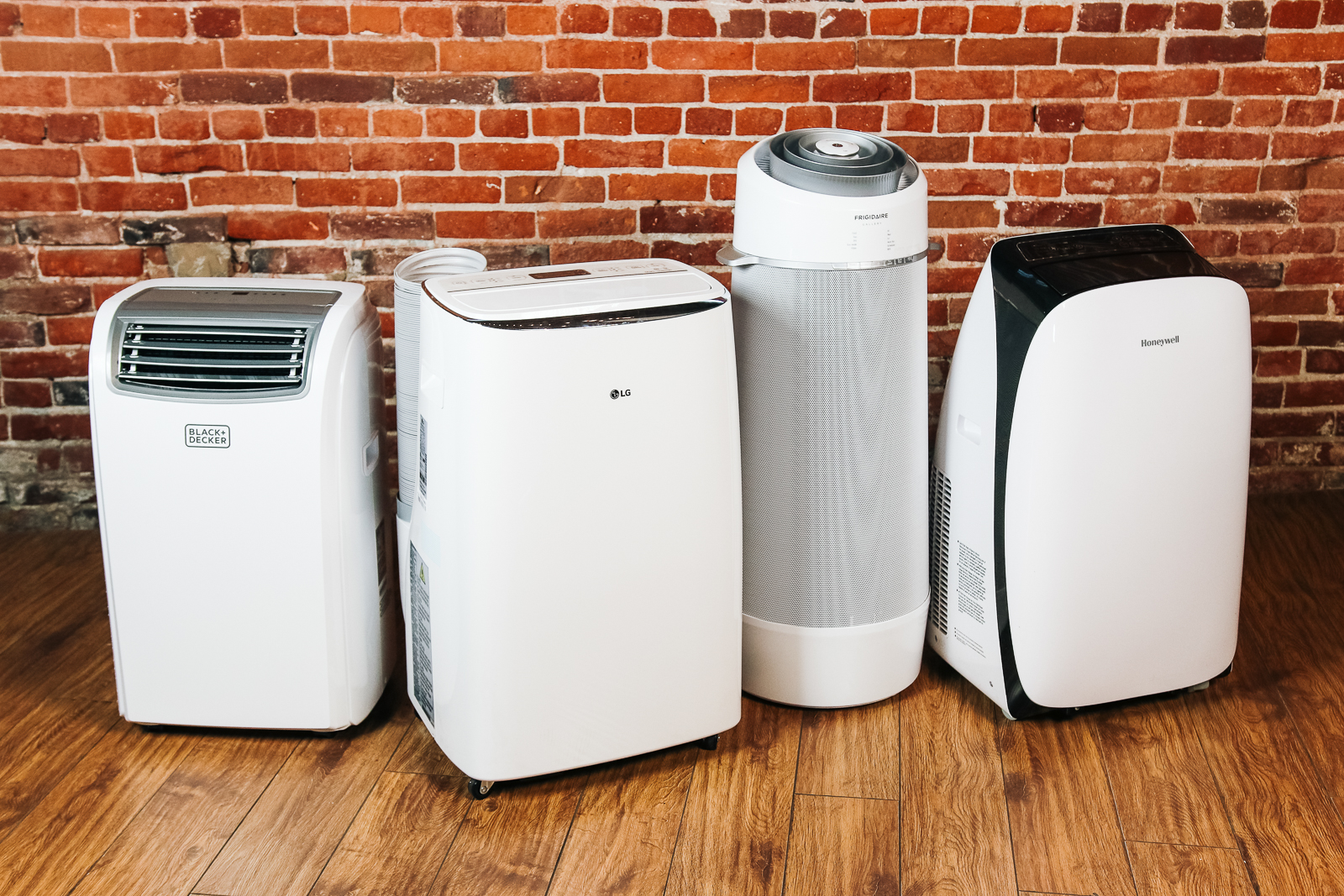
Portable different types of air conditioners are the next generation of window air conditioners.
This type of air conditioner draws air from the room, cools it, and then returns it to the room.
The machine then vents any warm air outside through a window exhaust hose.
In addition, Portable air conditioners, like window air conditioners, are intended to chill only one room.
However, they’re simple to set up, adaptable, and cost-effective. Your air conditioner’s portability makes it much easier to remain excellent on a hot summer day.
5. Hybrid Air Conditioner
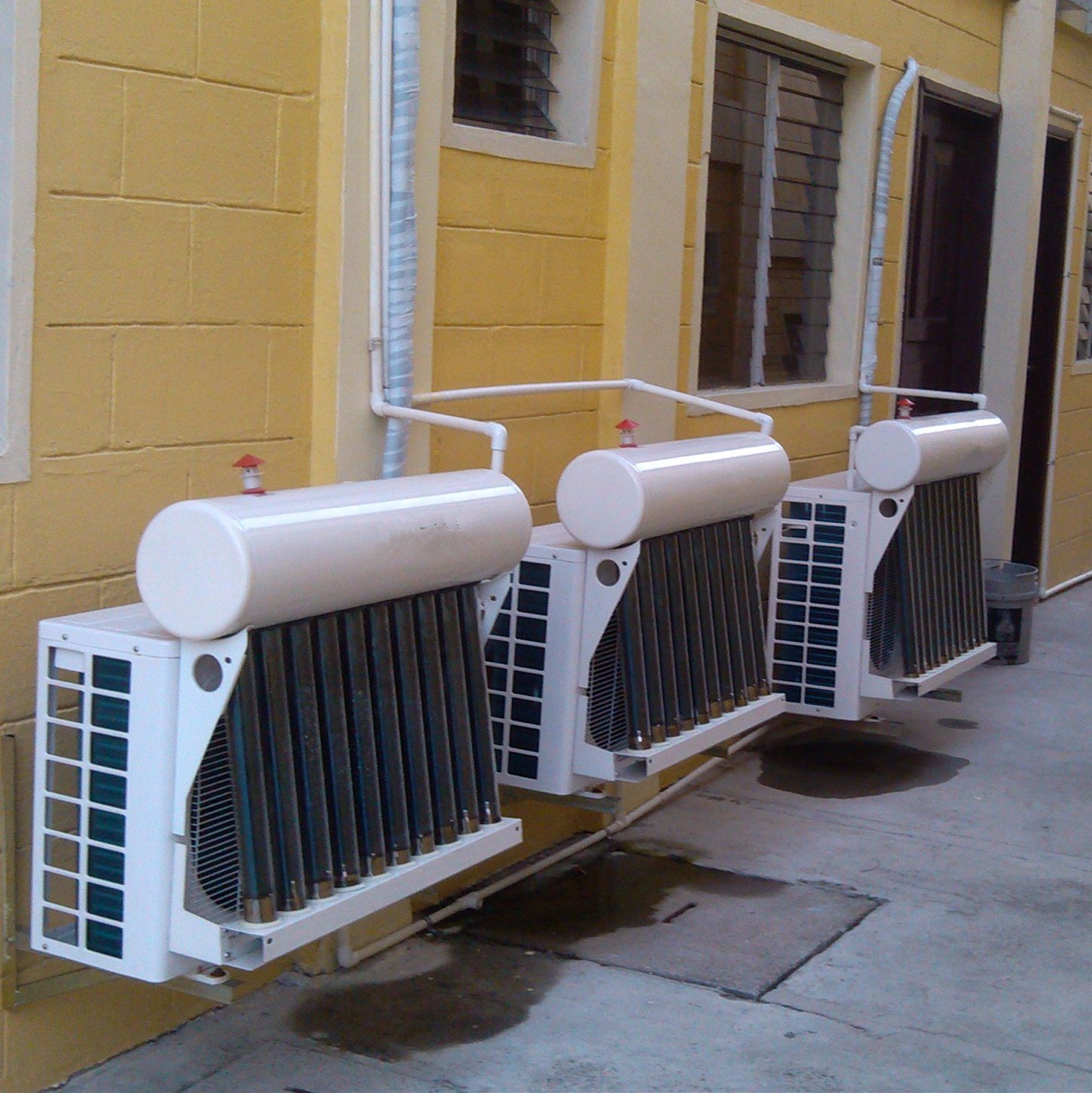
Hybrid heat pump systems, like hybrid autos, alternate between burning fossil fuels and running on electricity.
The system intelligently chooses between the two energy sources to conserve money and energy.
However, you won’t have to worry about rising energy costs holding you hostage.
Your heat pump performs as expected in the summer, removing heat from your home and transferring it outside.
In the winter, your hybrid heat pump system draws heat from the outside environment and distributes it throughout your home.
Additionally, if you recall from high school, the Second Law of Thermodynamics states that heat is transferred from a hot item to a fantastic object.
Furthermore, when the refrigerant temperature drops below the outside temperature, the heat from the exterior is transmitted to your heat pump’s coils and, hence, into your refrigerant.
The heat extracted can now be converted into warm, conditioned air for your home.
6. Geothermal Heating and Cooling
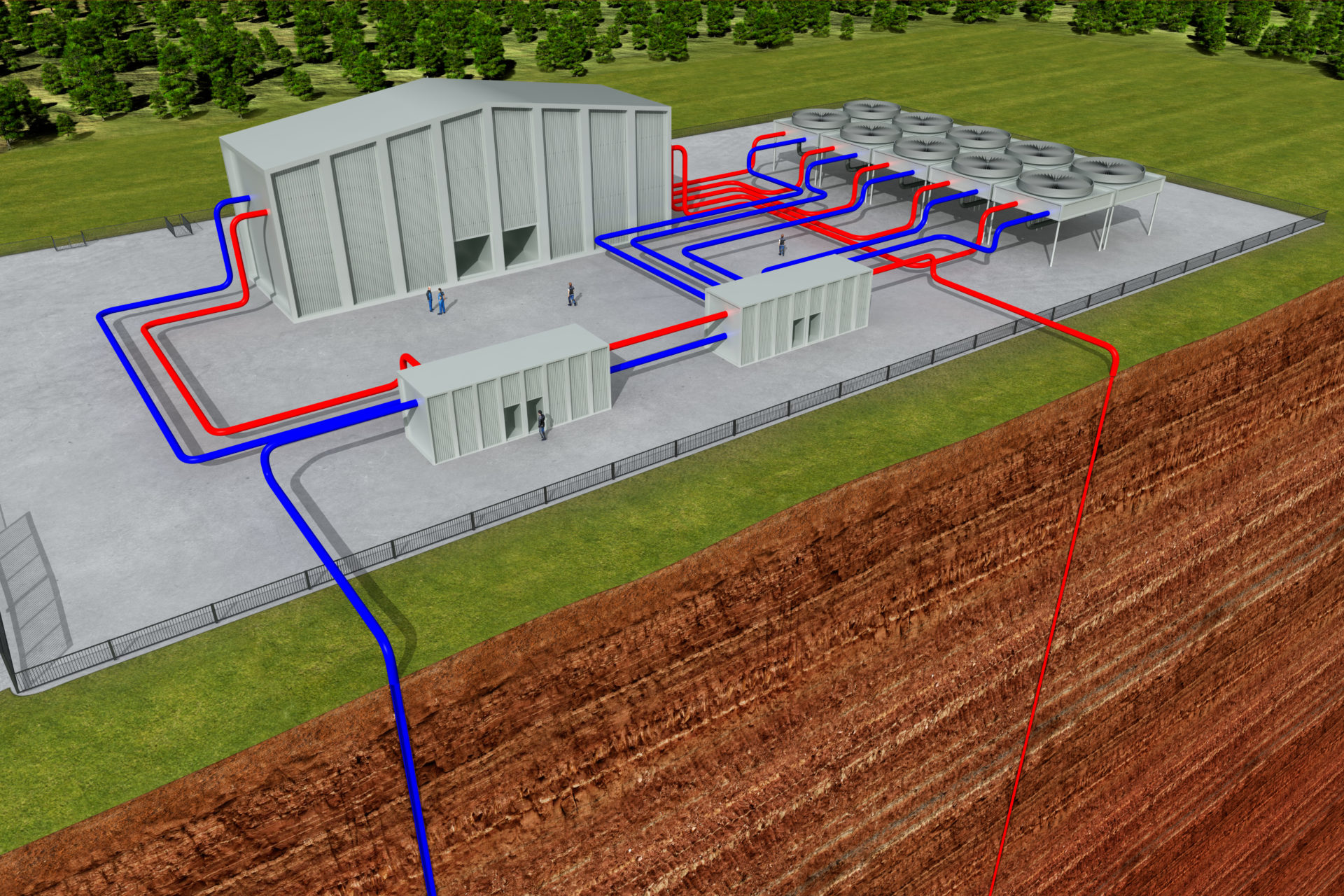
Geothermal heating and cooling are also different types of air conditioners.
This relatively new, energy-efficient technology is quickly gaining traction worldwide.
Furthermore, the ground underneath us keeps a relatively constant temperature of roughly 55 degrees Fahrenheit year-round due to the earth’s insulating characteristics.
The world 4 to 6 feet underground is virtually untouched, whatever the weather is outside.
In addition, Geothermal technology uses the temperature of the ground to heat and cool your home more efficiently than traditional techniques.
However, a piping system, sometimes called a “loop” or “earth loop,” circulates water between your house, a heat pump, and the ground.
These polyethylene pipes can be placed vertically or horizontally, depending on the terrain.
7. Floor Mounted Air Conditioner
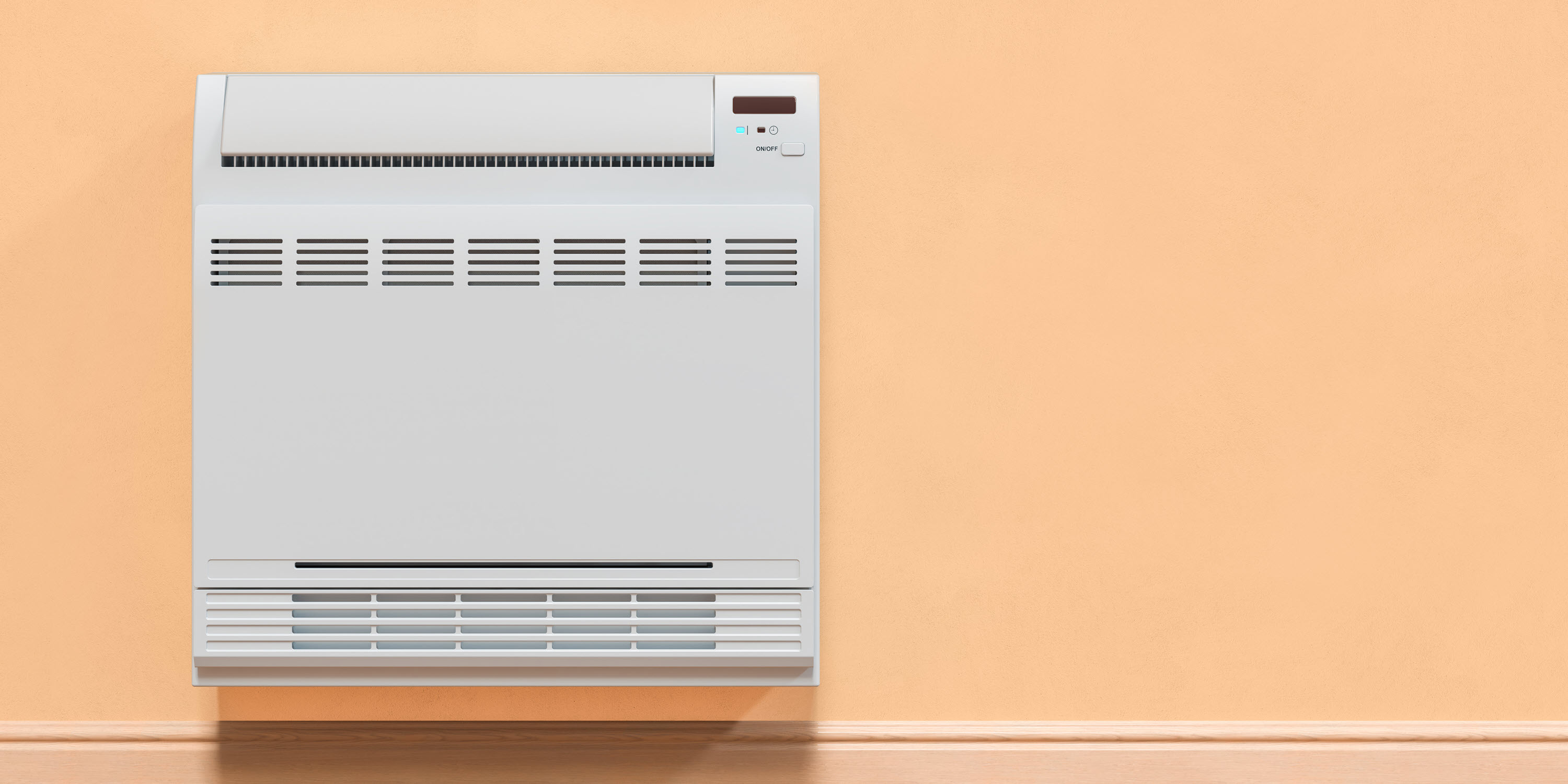
If you want a mini-split but don’t have the space for a wall-mounted unit, floor-mounted air conditioners are a good option.
Furthermore, the interior bureau of a floor-mounted air conditioner sits on the floor.
In contrast, the exterior unit can be placed without ductwork or extensive site preparation.
However, this setup is perfect for slanted walls, such as attics or fragile glass structures.
Additionally, the unit can be put up to 6 inches above the floor and is connected to the outdoor unit by a small hole in the wall.
The positioning of this air conditioner also makes it very easy to check the air filters.
8. Smart Air Conditioner

An innovative air conditioner is also one of the different types of air conditioners.
IoT-enabled intelligent air conditioners are a form of mini-split, window, or portable air conditioner.
Furthermore, these air conditioners are Wi-Fi enabled and have a native app that allows global control via smartphones.
Additionally, these air conditioners come with various features, depending on the manufacturer.
Weekly scheduling, geofencing, cozy mode, temperature range control, and several additional functions are among them.
You may obtain excellent comfort while also saving energy by using these.
In addition, Smart AC controllers are also available on the market, which adds all of the features of an intelligent AC to any traditional ducted unit.
They function similarly to programmable thermostats and cost a fraction of the price of smart air conditioners.
In conclusion, now that we’ve learned about the different air conditioning systems on the market, it’s time to choose the ideal one for your home.
The following are the most crucial elements to consider. Budget is the most critical consideration when selecting an air conditioning system for your home.
Followed by Energy Consumption, Space Requirements, Maintenance Ease, and Cooling Power.







